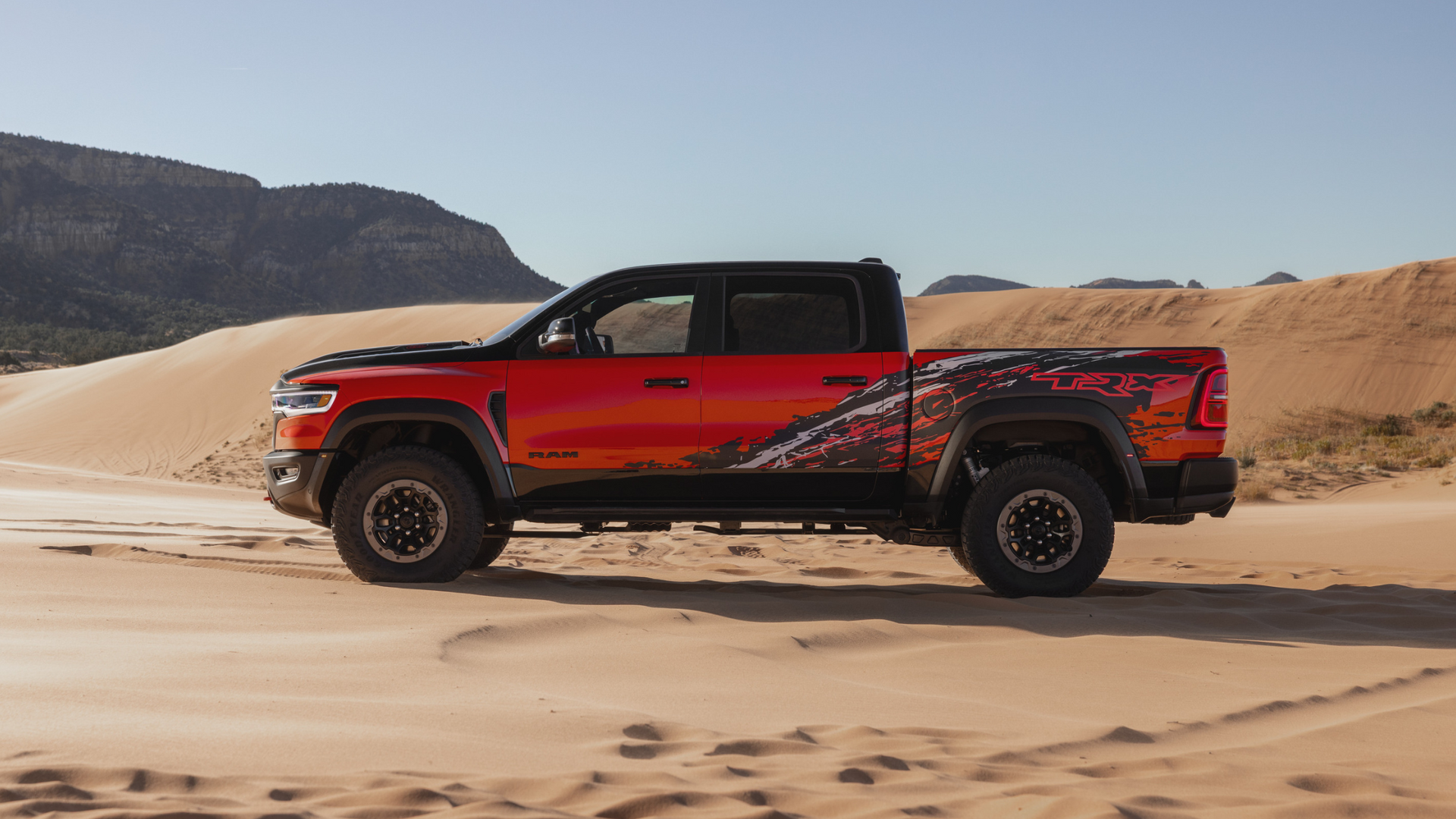
Welcome to another episode of the Car Dealership Guy Podcast.
Today’s guest is Ryan Maher, CEO of BizzyCar, who talks about how dealers can use recall work to boost profits and customer retention. Ryan has been in the industry since childhood, growing up in his family car business. While he is currently focused on BizzyCar, he considers himself a lifelong dealer and remains obsessed with fixed-ops.

1. Why the recall system is broken.
Ryan first became aware of the challenges recalls posed to dealers and consumers during the Takata airbag scandal. The recall impacted more than 30 million car owners, and to this day, many continue to drive vehicles with defective airbags that have yet to be replaced. Since then, recalls have continued to pile up; in 2023, automakers recalled 30 million units. This year, with three months left to go, the number of recalled vehicles has already passed the 21 million mark.
2. Some improvements over time.
While the volume of recalls continues to be a nuisance, the industry is seeing improvements in some areas. The most urgent recalls, which typically receive a “do not drive” warning, currently account for 0.1% of all recalled vehicles per year. The second most urgent, which typically involves a “do not park inside” warning (often over fire risks), has gone from a share of 14% to 3%. “We want to see the manufacturers succeeding and bringing cars to market that don’t have recalls,” Ryan explains, “So I would say overall, year-to-date, we’re seeing an improvement in the industry in terms of vehicles that are getting recalled.”
3. Why recalls are a headache.
It can take weeks or even months before recalled vehicles can even be fixed. While the federal government requires car companies to repair defects, Ryan explains that automakers often don’t prepare for replacement parts. For instance, if the National Highway Traffic Safety Administration (NHTSA) ordered a company to recall a fuel pump, most automakers would have to manufacture an entire new batch of components since they only made enough to support the initial production run.
4. Why it matters.
This approach saves automakers money but results in a months-long delay between the recall announcement and when drivers can actually get their cars fixed—a complex scenario when considering the importance of brand loyalty. The dynamic creates immense frustration for consumers while also hurting dealers, who would rather focus on typical (higher-profit) service requests than recall work, even though manufacturers reimburse (to a degree) retailers.

Edmunds - Premier is a solution from Edmunds that connects you with in-market shoppers when, where, and how they want to connect. Learn more at edmunds.com/CDG
Upstart - Upstart connects millions of consumers to 100+ banks and credit unions who leverage Upstart’s artificial intelligence models and cloud applications to deliver superior credit products. Learn more at upstart.com.
BizzyCar — built by dealers, is an AI-powered Recall Management and Mobile Service Platform that increases appointments, boosts revenue, and helps bring back lost customers. CDG listeners get a special offer at info.bizzycar.com/cdg.
5. Hurdles and headwinds.
Some dealers lack the capacity to handle recall work efficiently. Two factors are making this problem worse. On the one hand, the industry is facing an ongoing technician shortage, which has left many service centers painfully understaffed. On the other, many dealers operate smaller shops with only a small number of bays for mechanics to work on vehicles. Both can limit and individual storefront’s ability to tackle a major recall.
6. The “hook.”
Even though recall work is usually less lucrative than typical repair or maintenance orders, Ryan believes that dealers still have plenty of opportunity to profit from recall customers. “I think the way we should look at recalls today is to think about them as a hook,” he explains. “It’s a fantastic opportunity to get the consumer back in the store.” Franchised dealerships are the only way for customers to get their recall work done for free, giving them an opening to win customers back from third-party competitors.
7. Recall by manufacturer.
Manufacturers with a software-defined architecture can often avoid physical recalls, solving their problems through over-the-air (OTA) updates. Tesla is one of the few companies this applies to, although it technically led other brands in the number of recalls, virtually all of its repairs during Q3 were fixed via an OTA patch, making the numbers somewhat misleading. When excluding Tesla, the number-one most recalled brand is currently Chrysler.
8. The realities of recall work.
The average amount a manufacturer pays to a dealer for a recall sits at $350 per vehicle. However, since the cost of parts is usually subtracted from this total, dealers usually make somewhere between 60% and 80% of the total. That might sound high, but it remains much lower than most non-recall repairs.
9. Untapped potential.
Ryan notes that recalls can be massively profitable for dealers, noting that there is currently “almost $22 billion of recall work” left untouched in the U.S. In some markets, recalls can affect almost half of the local driving population, providing huge business opportunities for nearby dealers. “We have some dealers that are literally making millions of dollars…from recalls,” Ryan adds.
10. Metrics for measuring.
Days-since-last-visit (DSLV) is an incredibly important number for dealers and fixed-ops directors to track. BizzyCar sees an average DSLV of 700 days across its clients. “DSLV directly ties to customer retention,” Ryan explains, adding that franchised dealers are roughly 20% cheaper for express service (based on national averages) than third-party providers. “So if you have a customer that has not been in your store in a year, two years, three years, but why? What happened?” Recalls are an excellent tool for getting higher-DSLV consumers back into the dealership.
Become an automotive insider in just 5 minutes.
Get the weekly email that delivers transparent insights into the car market.
Join 81,000 others now, it's free:
Interested in advertising with Car Dealership Guy? Drop us a line here.
Want to be considered as a guest on the podcast? Add your name here.








